
Privacy statement: Your privacy is very important to Us. Our company promises not to disclose your personal information to any external company with out your explicit permission.
Model No.: SL-715
Brand: SKYSIL
Classification: Chemical Auxiliary Agent
Place Of Origin: China
Applications: Industrial Coatings
Appearance: White Color Powder
HS Code: 281122
Types Of: Carbon Black
Application Field: Coating Auxiliary Agents
Transportation: Ocean,Land,Air
Place of Origin: China
Supply Ability: 10000 Tons/Year
Port: Nansha,Shenzhen
Payment Type: L/C,T/T,Paypal
Incoterm: FOB,CFR,CIF,EXW

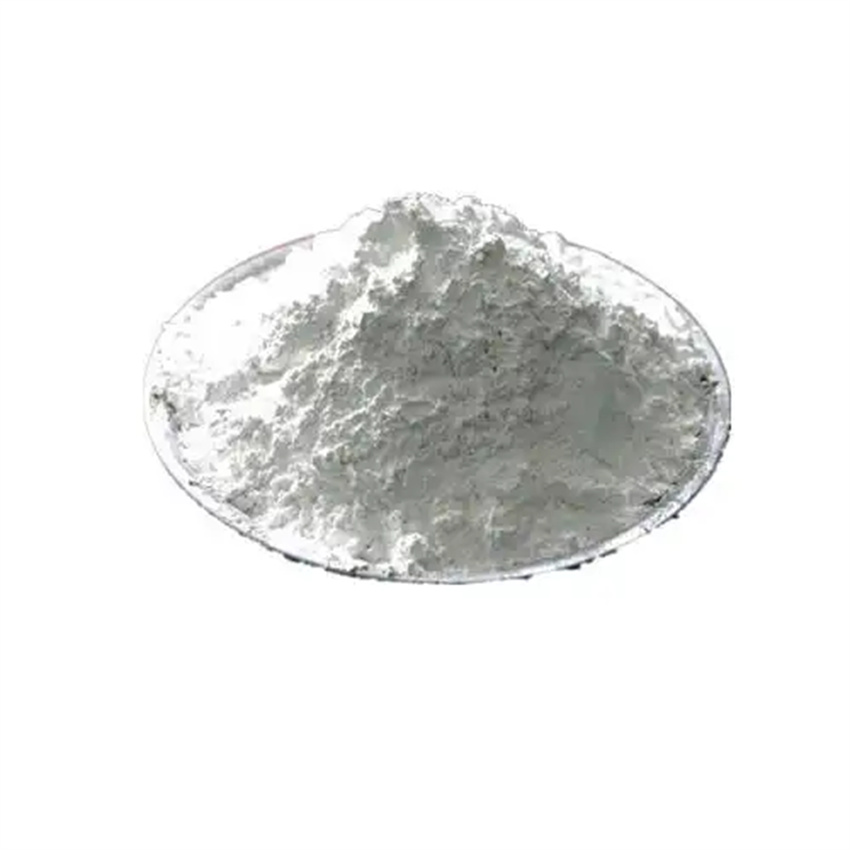
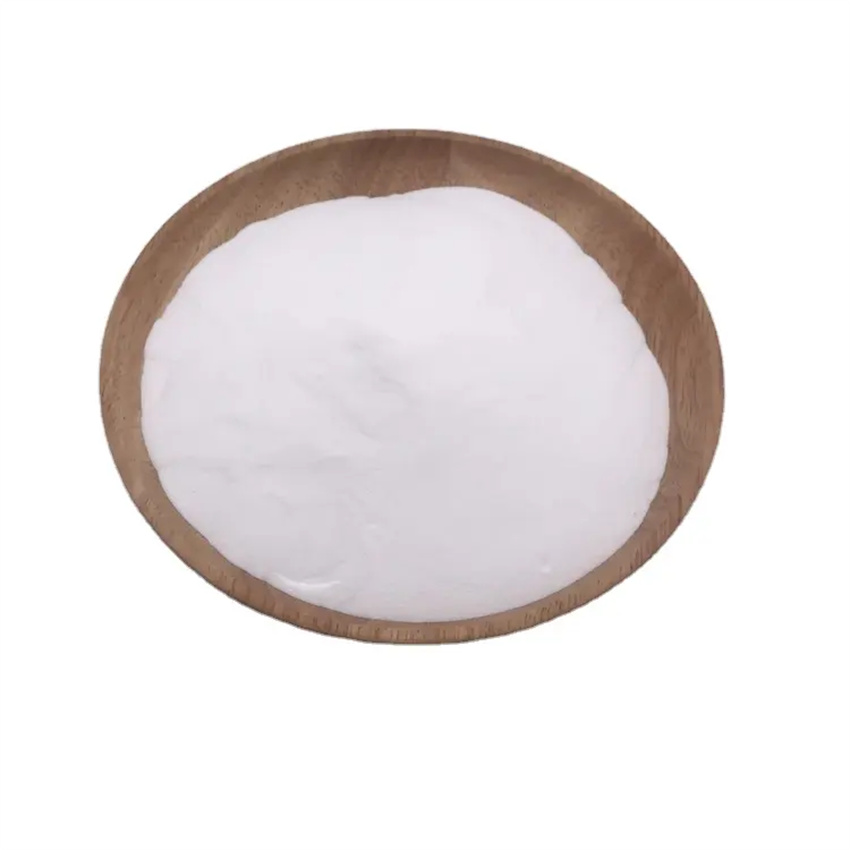

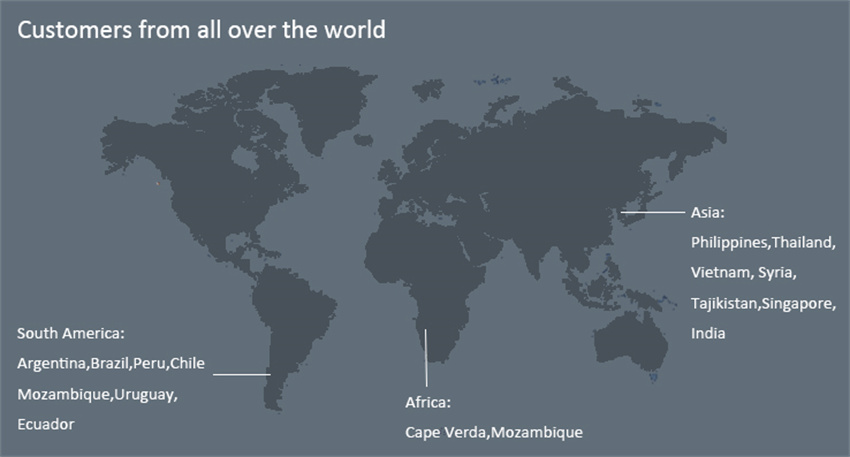
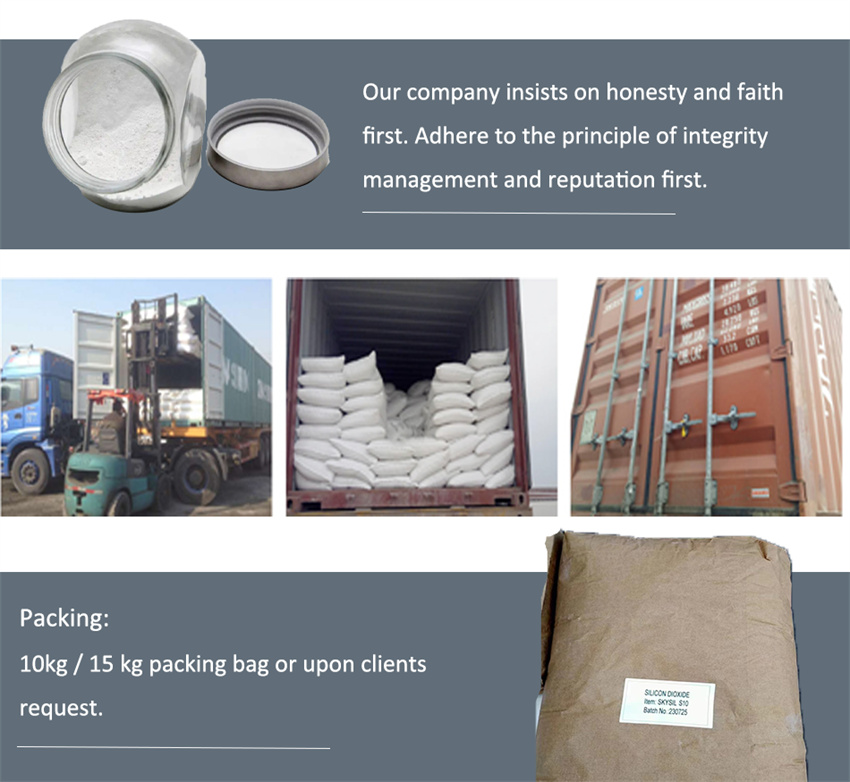

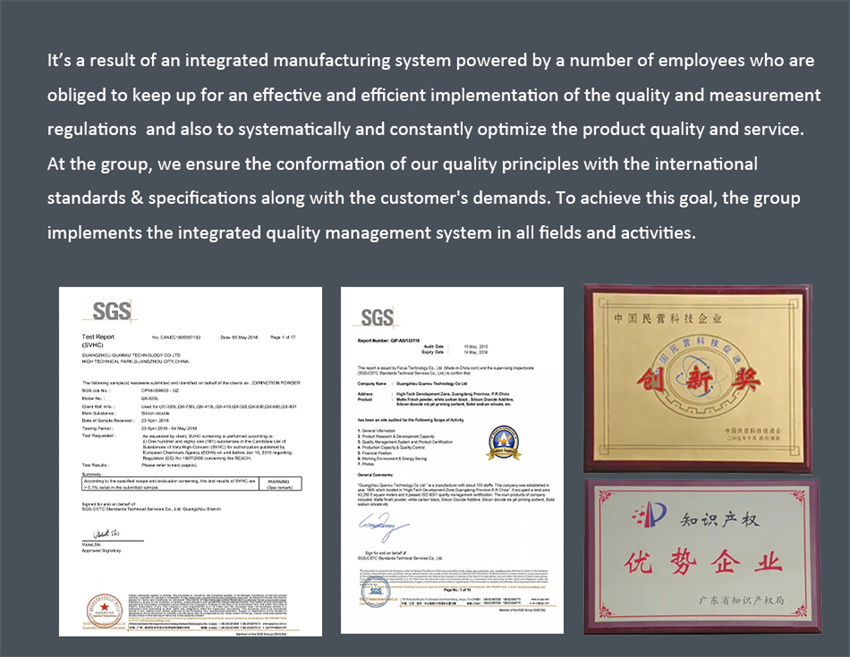

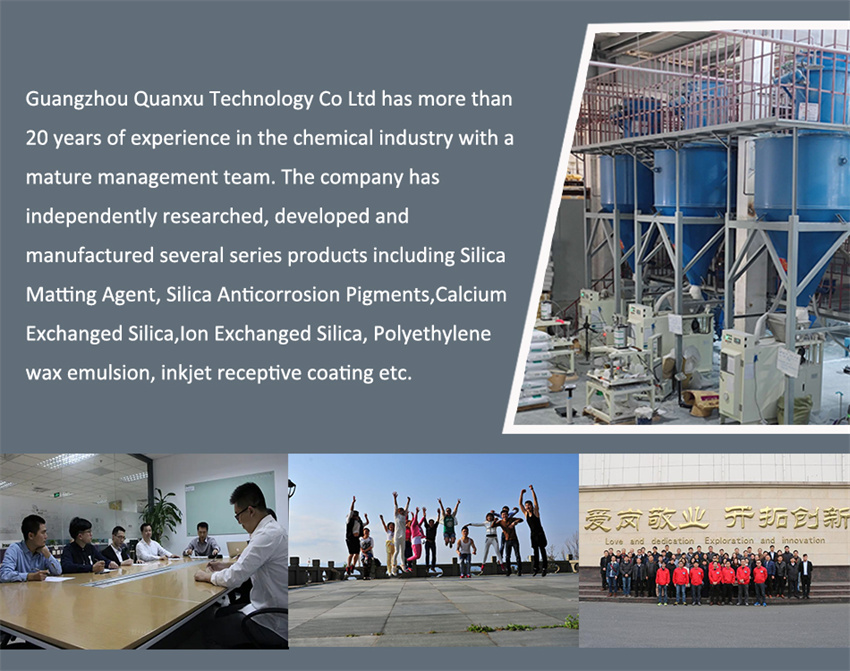
Anticorrosion Pigments, Inkjet Receptive Coating, Matting Agent
* Highly dispersible matting powder has a lot to do with its surface area
Like traditional matting powder, when the surface area of highly dispersible matting powder is higher, the reinforcement
performance is also better. When the surface area is larger, the reinforcement performance is better, but the processing
performance is poor. The reinforcing performance of high-dispersibility matting powder with the same surface area is better
than that of traditional matting powder.
Matting powder with high surface area has a higher concentration of silanol groups. The free silanol groups will interact strongly
with the accelerator, which will lead to a decrease in the vulcanization rate of the rubber compound. When the BET surface area
of the matting powder exceeds 200㎡·g, the vulcanization rate will be too low. Therefore, the BET surface area of high-dispersibility
matting powder generally does not exceed 200㎡·g.
When the structure of the matting powder is higher, the dispersibility is better and the vulcanization rate is also higher. The phenomenon
of better dispersibility when the structure is higher can be explained as follows: matting powder with high structure has more pores,
and the polymer will penetrate into the pores at the beginning of mixing. Then, when the agglomerates are subjected to the mixing
shear force and are broken into aggregates, they will be better dispersed in the polymer. However, traditional matting powder with
low structure is pressed very hard at the beginning of mixing a
SL-715 Silica Matting Agent is synthetic amorphous silica appearing as white powder.
CAS Number(SILICON DIOXID
Product Categories : Matting Agent > Matting Agent For Industrial Coatings


Privacy statement: Your privacy is very important to Us. Our company promises not to disclose your personal information to any external company with out your explicit permission.

Fill in more information so that we can get in touch with you faster
Privacy statement: Your privacy is very important to Us. Our company promises not to disclose your personal information to any external company with out your explicit permission.